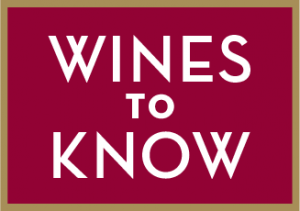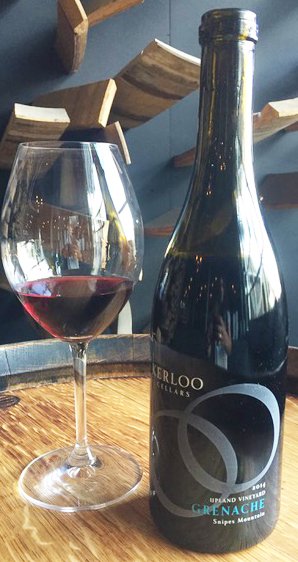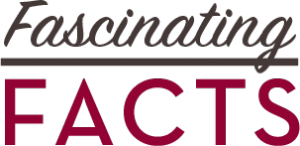
KERLOO CELLARS | “UPLAND” GRENACHE 2014
(Snipes Mountain, Washington State) $40 (750ml)

In summer, one needs silk, not velvet. That goes for wine, too, which is why I love this silky grenache from the tiny area known as Snipes Mountain in Washington State. Grenache should have a kind of ethereal richness, but not heaviness. Kerloo nails it, plus, the red cherry preserve and red licorice flavors are fantastic. There’s a bright fresh spiciness to the best grenaches—a character that is beautifully evident in this wine when it’s paired with something simple on the grill. (13.7% abv)
92 points KM
Available at Kerloo Cellars

What was the first wine made from botrytized (rotten) grapes?
- A. Sweet Vouvray from the Loire Valley of France
- B. French Sauternes
- C. Hungarian Tokaji Aszú
- D. German Trockenbeerenauslese
Scroll down for the answer!

“Wine is earth’s answer to the sun.”
—Margaret Fuller, American journalist (1810 – 1850)

ISLANDS IN THE MENDOCINO SKY
About three hours north of San Francisco is Mendocino Ridge, one of the most unique American Viticultural Areas (AVAs) in California. Nicknamed “Islands in the Sky,” the noncontiguous region is made up of small areas along the Mendocino coast that are above 1200 feet in altitude and therefore above the fog that blankets Mendocino’s lower elevations. The additional sunlight means riper fruit and fuller-bodied wines. Although there are 260,000 acres within the outer boundaries of the AVA, only about 200 acres are planted with vineyards. The region is traditionally known for zinfandel, but it’s currently garnering attention for other varieties, including in the coolest spots, pinot noir.


CÉPAGE
Cépage is the French term that denotes the percentage of each varietal in the composition of a blended wine. For instance, if a red wine is 60 percent cabernet sauvignon and 40 percent merlot, the cépage is 60-40.

C.Today, the Sauternes region of France is best known for these honeyed wines, but the practice of using botrytized grapes (those infected with the fungus Botrytis cinerea) to make unctuously sweet dessert wines actually began in Hungary’s Tokaj region around 1650. (By comparison, the first Sauternes is thought to be an 1847 Château d’Yquem.)








